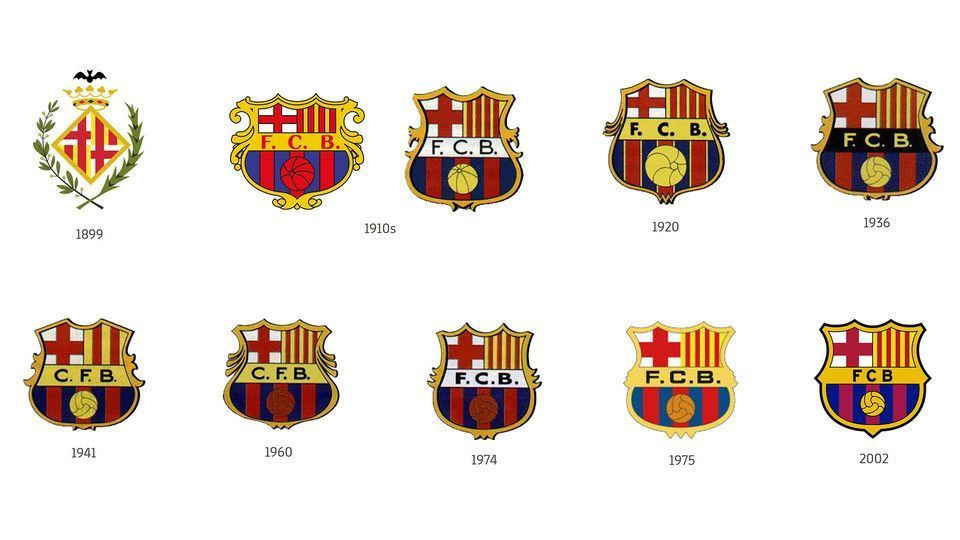Poker At Dawson City 1899
Later this year we will be publishing Poker & Pop Culture: Telling the Story of America’s Favorite Card Game, by Martin Harris. Here is a short extract:
Poker At Dawson City 1899 Georgia
“Poker in the Movies”
Poker At Dawson City 1899
The representation of poker in films likely has had more to do with forming opinions about the game than has any other variety of American popular culture. One could argue that when it comes to shaping ideas about poker, John Wayne, W.C. Fields, and Paul Newman have exerted more influence than anyone who has played the game.


You have found typically the most accurate source with regard to Poker at Dawson City (1899). Our information will come from fans as if you, thus create a free accounts and help HD displays and films Poker at Dawson City (1899). Almost everything added is shared using many sites, mobile software, and other devices. People spill drink on themselves, supposedly after a poker game during the Yukon Gold Rush. Poker at Dawson City (1899) directed by James H. White. Reviews, film + cast. Letterboxd Letterboxd — Your life in film. 1899: Two of the earliest westerns (or cowboy-related) films were both Edison Manufacturing Company films made at Black Maria: the one-shot (less than one minute short) Thomas Edison's Cripple Creek Bar Room Scene (1899) - with the 'first' western saloon setting, and Poker at Dawson City (1899). 1899, February: The great American inventor Thomas Edison releases one of the first silent films: Poker At Dawson City. 1900: JACK POTS: STORIES OF THE GREAT AMERICAN GAME is published by Eugene Edwards, Illustrated by Ike Morgan.
It’s a point worth making, because even though poker can sometimes be exciting and satisfying to watch in the movies, the game is rarely presented in a convincing way, at least to those who actually play poker. A <em>Washington Post</em> article from 2017 listing the 25 best “profession-based movies” as judged by experts in the selected fields leaves off poker altogether. Such an omission might connote doubts about whether or not being a poker player should be regarded as a profession, although the list does include “chess player” and even “bank robber.” However it also could stem from a relative paucity of realistic depictions of poker on the silver screen. “Poker in movies never quite comes off,” David Spanier once wrote, one reason being that in a poker hand “the drama is an interior one, consisting of what goes on in the players’ minds” and is thus difficult to capture and present to an audience. But even when the primary focus isn’t on individual hands but on other contextual matters involving settings and players, those other elements are often also embellished, moving away from realism while reinforcing particular ideas about poker’s significance.
While some filmmakers do endeavor to portray poker realistically, that’s often a secondary concern to using the game creatively to advance plots, build characters, and/or underscore themes. In other words, unless the film is specifically about poker, the game’s portrayal often serves other purposes than showing audiences how poker is <em>really</em> played. In westerns, such distortions frequently help support romantic visions of the Old West and its rough-and-tumble card-playing cowboys….
Poker At Dawson City 1899 Silver Dollar
Poker appeared frequently. In some westerns, the use of poker is merely ornamental. Having characters play the signature card game of the Old West is akin to making sure they wear Stetson hats, ride horses, and carry guns. It’s part of the requisite scenery, like the vast landscape shots typically serving to segue one scene to the next. However, there are many examples of westerns that thoughtfully incorporate poker not just as a casual reminder of the Old West setting, but as an important element of the storytelling. Frequently the game is associated with violence, another way of highlighting hazards on the frontier. Poker also serves as a shorthand method of sorting heroes from villains in the fictional worlds these westerns create, marked as they often are by a kind of “black-and-white” morality, a distinction sometimes even indicated by the color of Stetsons characters wear. Poker games in westerns also become linked to efforts to restore order to among outlaws, or even the cause of more chaotic disruptions.
A film from 1899 called Poker at Dawson City, one of 1,200 or so films emanating from studios owned by Thomas Edison’s companies from the 1890s through 1910s, is sometimes called the first ever “western.” It might also earn the distinction as the very first “poker movie,” even if its running time is less than it takes to play a single hand.
The title sets the game along the Yukon River in northwest Canada during the Klondike Gold Rush of the late 1890s, although the film was shot in Edison’s Black Maria studio in West Orange, New Jersey. The 20-second, single-shot silent film ostensibly shows the aftermath of a hand gone wrong, with gun-waving players brawling with each other around a card table while a bartender tries to cool tempers by spraying them with water. It’s a suitable introduction to the topic of poker in the movies, where card playing and conflict are often two of a kind.